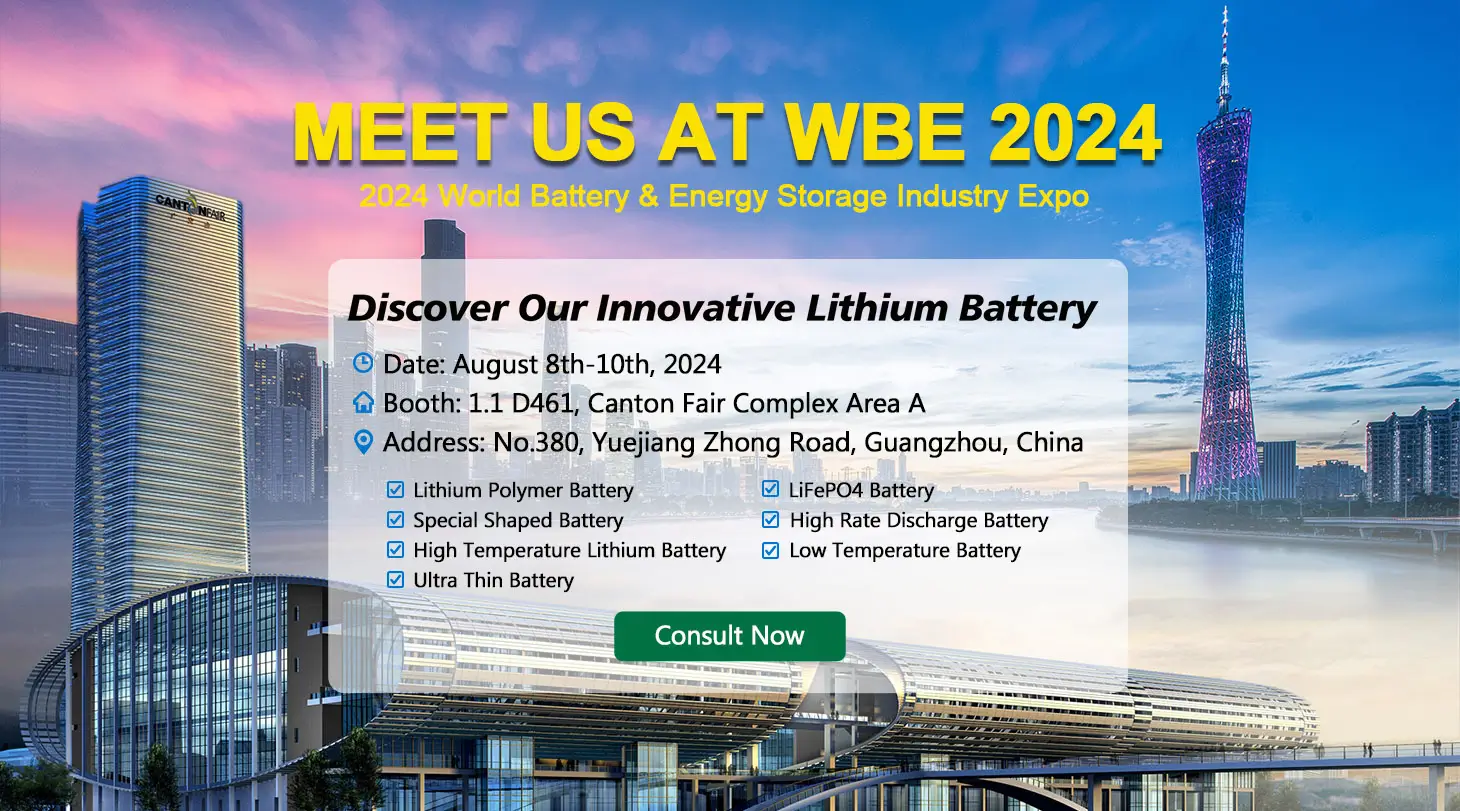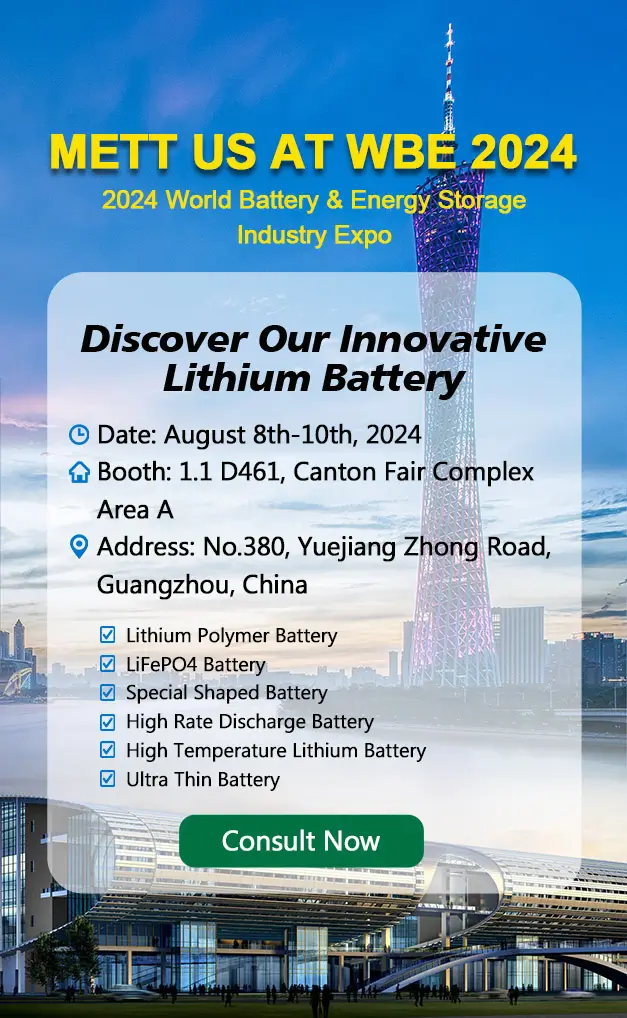Batteries have become integral to our daily routines, providing power for various devices, ranging from smartphones and laptops to electric vehicles and renewable energy systems. In this article, we talk about the essential components of the battery; what are the elements in different batteries?
Part 1. What is Inside a battery?
Anode Materials
Anode materials use compounds like metal oxides or phosphates to enhance conductivity, stability, and compatibility through doping or compounding.
Lithium Cobalt
Lithium cobalt, the first cathode material in commercial lithium batteries, boasts high capacity and voltage but faces challenges like high cost and safety concerns. Other anode materials gradually replace it.
Lithium Manganate
Lithium manganate, a low-cost, secure anode material, finds use in low-power and energy storage batteries. However, it suffers from capacity decay and limited temperature range, requiring performance improvement through doping or compounding.
Lithium Iron Phosphate
Lithium iron phosphate, known for safety and cycle life, suits high-power and energy storage batteries. Yet, it has drawbacks like low capacity and poor conductivity, necessitating doping or compounding for enhanced performance.
Ternary Material
Ternary material, consisting of nickel, cobalt, aluminum or lithium manganese manganate (NMC), and lithium nickel cobalt aluminate (NCA), provides high capacity and energy density. Mainly used in high-power batteries, it faces high cost, safety issues, and short cycle life, requiring doping or compounding for improvement.
Cathode
Anode materials use metal or non-metallic compounds through reversible embedding or conversion reactions with lithium ions to achieve lithium storage.
Carbon-based
Carbon-based anode is widely used in lithium batteries due to its low cost, low voltage, and stable cycling. It commonly appears in small electronics and power batteries. Types include natural graphite, artificial graphite, and others, forming LiC6 structures for lithium storage with a theoretical capacity of 372 mAh g-1.
Silicon-based
Silicon-based anode, with a high capacity of 4200 mAh g-1 and high energy density, finds use in high-performance power and energy storage batteries. Types include crystalline silicon and silicon oxide, achieving lithium storage through reversible alloying or conversion reactions.
Lithium Titanate Anode (LTO)
Lithium titanate is a safe and long-life anode material used in high-power batteries. Its spinel structure allows reversible insertion and exfoliation of Li+ for lithium storage, forming Li4Ti5O12 structure with a theoretical capacity of 175 mAh g-1.
Lithium Metal Anode
Lithium metal is an ideal anode material with the highest theoretical capacity (3860 mAh g-1), lowest operating voltage, and high energy density. Mainly used in new lithium-sulfur and lithium-air batteries, it stores lithium through reversible deposition and dissolution with Li+.
Separator
The separator, a critical component in lithium batteries, prevents electrode contact, avoiding short circuits while enabling lithium ions to pass through for charging and discharging.
Common Separator Materials
PP and PE are widely used materials due to their low cost, high porosity, and stability.They prevent short circuits but may have drawbacks like low mechanical strength and thermal stability.
Organic Electrolyte
An electrolyte, composed of lithium salt and organic solvent, carries lithium ions in the battery. It enables ion transport, facilitating the charging and discharging process of lithium batteries.
Part 2. What are the elements in different batteries?
Lithium-ion Batteries
Lithium-ion batteries comprise several critical components, with lithium as the primary active material in both the cathode and anode. Lithium ions traverse from the anode to the cathode through the electrolyte, generating electrical energy during discharge.
- Element: The cathode typically comprises lithium cobalt oxide, lithium iron phosphate, or other lithium-based compounds. Graphite generally makes up the anode.
- Applications: These lithium-ion batteries are renowned for their remarkable energy density, extended cycle life, and ability to power various devices, from smartphones to electric vehicles.
Nickel-cadmium Batteries
Nickel-cadmium batteries are often referred to as NiCd batteries. During discharge, cadmium undergoes oxidation at the negative electrode, liberating electrons and facilitating the flow of electrical current. Nickel oxide at the positive electrode is reduced as it accepts electrons.
- Element: Employ nickel oxyhydroxide as the positive electrode and cadmium as the negative electrode. The electrolyte commonly comprises an alkaline solution containing potassium hydroxide.
- Applications: Due to their unwavering reliability and robustness, NiCd batteries have garnered extensive usage in applications such as cordless phones and portable power tools.
Other Battery Types
While lithium-ion and nickel-cadmium batteries enjoy widespread recognition, many other battery types exist, each relying on diverse elements and materials. Some noteworthy examples include
1. Lead-acid Batteries
- Element: Lead-acid batteries employ a sulfuric acid solution as the electrolyte and feature lead dioxide and sponge lead as the cathode and anode materials, respectively.
- Applications: These batteries have found extensive application in vehicles, uninterruptible power supplies (UPS), and backup power systems.
2. Zinc-carbon Batteries
- Element: Zinc-carbon batteries use zinc as the anode and manganese dioxide as the cathode, with an electrolyte based on ammonium chloride.
- Applications: They are frequently encountered in household devices like remote controls and flashlights.
3. Nickel-metal Hydride (NiMH) Batteries
- Element: NiMH batteries encompass a nickel oxide-hydroxide cathode and a hydrogen-absorbing alloy anode.
- Applications: They are renowned for their rechargeable nature and have found utility in toys, digital cameras, and hybrid vehicles.
4. Alkaline Batteries
- Element: Alkaline batteries employ manganese dioxide as the cathode and a zinc anode alongside an alkaline electrolyte such as potassium hydroxide.
- Applications: They are prevalent in a wide array of consumer devices.
Part 3. Conclusion
Batteries are vital to our modern lives, powering various devices and applications. The key elements used in batteries, such as lithium, lead, nickel, and other materials, are pivotal in providing energy and ensuring our devices function seamlessly.
Part 4. FAQs
-
What is the best element for batteries?
Lithium is often considered one of the best elements for batteries due to its lightweight nature, high energy density, and ability to produce high voltage. -
What are the four materials of a battery?
A battery typically consists of electrodes (anode and cathode), an electrolyte, and a separator. The anode and cathode are usually made from different materials, and the electrolyte is a conductive medium. At the same time, the separator prevents the electrodes from touching. -
What is the most common metal in batteries?
The most common metal used in batteries is lithium. It’s widely utilized in lithium-ion and lithium-polymer batteries due to its excellent electrochemical properties. -
What is the liquid inside a battery?
The liquid inside a battery is the electrolyte. It serves as a medium for ion movement between the electrodes, facilitating the electrochemical reactions that generate electrical energy. The composition of the electrolyte varies depending on the battery type.
Related Tags:
More Articles

Overview of Deep Cycle Lithium Battery
In this article, we explore the life, voltage, capacity, and charging considerations of deep cycle lithium batteries.
How Long do Lithium Batteries Last?
How long do lithium batteries last? we will explore the factors that influence the lifespan of lithium batteries and provide insights into their longevity.
How to Choose the Best LiFePO4 Battery?
Choose LiFePO4 batteries for superior performance, safety, and versatility in EVs, UPS, and backup power. This guide helps you make informed decisions.
Get 12v Lithium Car Battery As a Power Source for the Ride
Make the right choice for your vehicle's battery needs by installing a 12 volt lithium car battery. You will enjoy maintenance-free longevity with this change.
Everything About A Small Lithium Ion Battery
Discover the features, uses & future potential of a small lithium ion battery. A compact and tiny powerhouse ideal for smartphones, wearables, drones & more.





